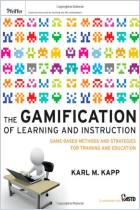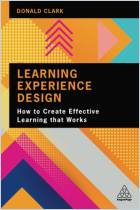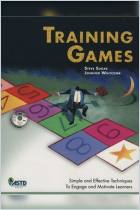Gamification is the method of applying gaming elements to non-game situations, such as work or school, to encourage learning or teach certain behaviors. Many people believe that simply adding scores and game-like visuals will make routine tasks or learning situations fun. But play doesn’t work that way. The fun of games comes from getting better at something, being in control and connecting with others. In this Microsoft Research talk, user experience designer and researcher Sebastian Deterding explores the mechanics of play and how these insights could inform the future of gamification design.
Gamification is not a new concept.
Gamification is the idea that you can use game-like elements to make learning or work more enjoyable and engaging. In the 1980s, human-computer interaction (HCI) researchers began pushing the idea that objects shouldn’t only be easy to use but fun as well. They looked at video games to glean elements they could use in the design of routine activities and tasks.
The researchers also started to examine what encourages people to play and how to design experiences that touch emotions and give pleasure. The goal of the resulting ludic design, which rose in the early 2000s, isn’t for the user to complete a task, but to explore and view something familiar in a new light. Another strand of research examined how to use technology to persuade people to do something, for example, by using scores or role play. Serious games focused on learning outcomes and teaching people through video games or simulations.
Most approaches to gamification misunderstand what makes games enjoyable.
There are two different aspects of human play: “ludus” is structured play that has goals and rules while “paidia” is free and ...
Sebastian Deterding is a designer and researcher working on user experience, video games, persuasive technology and gameful design. He’s also professor at the Digital Creativity Labs at the University of York.



















Comment on this summary